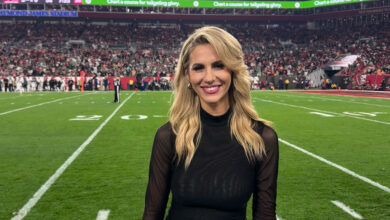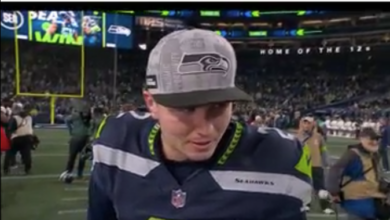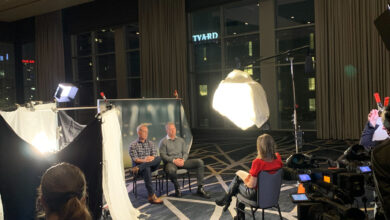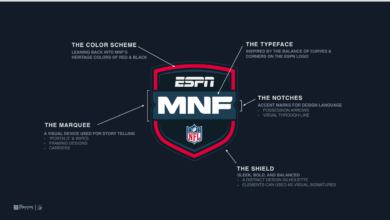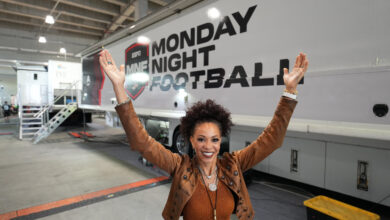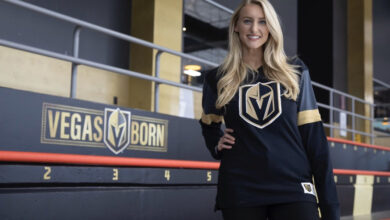Super Bowl LI data dive makes ESPN The Mag essential reading
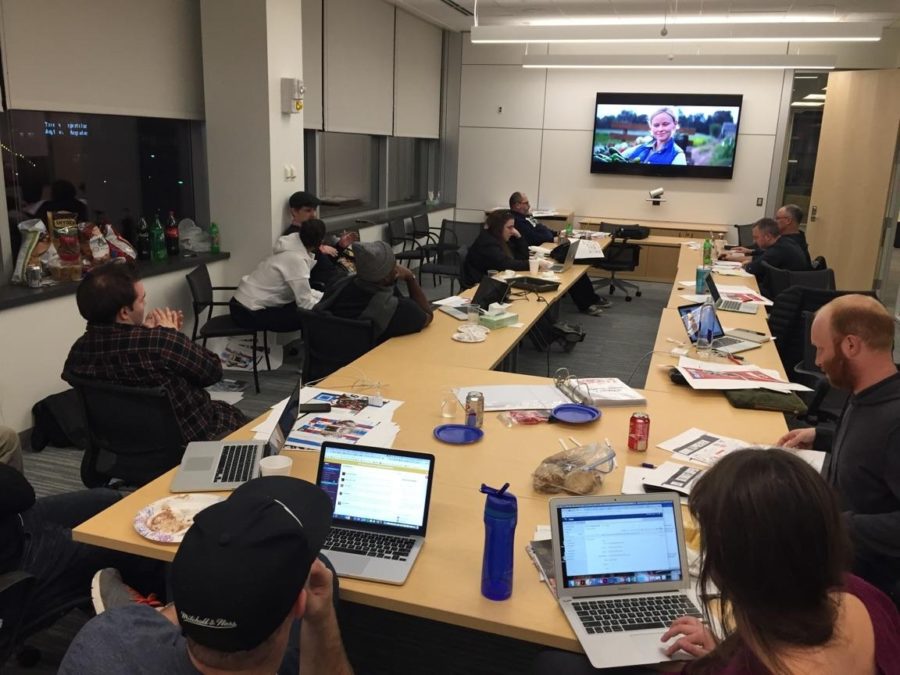
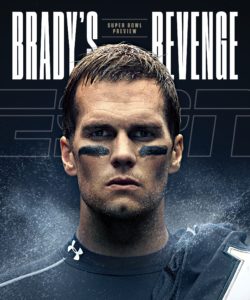
As the NFL’s Championship Sunday unfolded, staffers at ESPN The Magazine were doing similar things as other fans across the country: eating chips, pretzels and digging into football-shaped cakes.
What made things different in Building 4 on ESPN’s Bristol, Conn., campus was the additional servings of data being devoured as The Mag followed up on the success of last year’s “Ultimate Super Bowl Preview,” and prepared this year’s all-encompassing, data-driven comparison of the AFC (Patriots) and NFC (Falcons) champions. The results of those calculations and so much more is included in The Mag’s Super Bowl Preview Issue, on newsstands Friday.
Front Row spoke with researcher Ben Arledge, who led this year’s head-to-head breakdowns, and ESPN.com editor Scott Miller, who created the original model. Both said the goal is for fans to learn something new and better understand how the Super Bowl LI teams match up.
How did your initial concept come about and why did it gain such substantial interest?
SM: The goal was always to provide an extremely detailed viewing guide for the biggest football game of the season. It was unique not just in its depth and breadth, but the fact that it was published online almost immediately after learning who was playing in the game was appealing.
What made Scott’s model so user-friendly?
BA: Scott is great about finding the underlying numbers or a statistic that doesn’t immediately jump out. The same is true for what he did last year, which we replicated this year due to its success. He looked at every aspect of the game and was able to put a lot of information out there for fans to quickly digest without it seeming too complicated.
How difficult is it to pull information together knowing that at least half of it will not be used since you prepared for all four teams (Patriots, Steelers, Falcons, Packers)?
SM: The information isn’t hard to gather although it takes time to figure out the exact metrics/themes that deserve a deeper dive. Writing and researching four different stories knowing that three will never see the light of day is extreme, but it’s the only way to publish something so detailed in such a short period of time.
BA: Editors Neely Lohmann and Rachel Ullrich, fact-checker and researcher Sachin Chandan, and designers Luke Knox and Munehito Sawada also made significant contributions to the overall piece. Our internal TruMedia data site helps us pull information easily and ESPN’s Stats and Information does a terrific job with the database. We create four different previews because the magazine goes to production the Sunday of the Conference Championship games. While it’s tough to know most won’t be useful, it’s cool to be able to post such an in-depth preview within an hour of the second game ending.
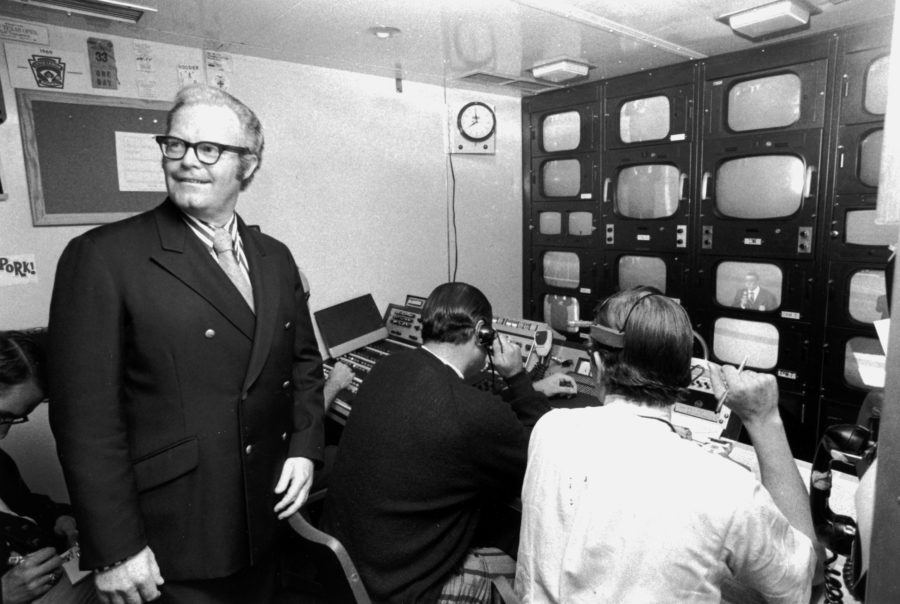
Former ABC News and Sports executive Roone Arledge was such a media visionary that Life magazine cited him as one of the 100 most important Americans of the 20th century. The person responsible for creating shows ranging from ABC’s Wide World Of Sports to Monday Night Football to Nightline was also Ben Arledge’s grandfather.
“I think I was about eight years old when he fully retired and 12 when he passed away [in 2002], so I don’t have a ton of personal memories relating to ABC, per se,” said Ben Arledge, the ESPN The Magazine researcher who helped construct The Mag’s Super Bowl Preview Issue data dive (see above). “I was his first grandson, and we had a great relationship. Being that I was just a kid, I’m not sure I totally understood back then just how big a deal he was and how much he did for sports and journalism, but I certainly do today. We didn’t talk about it all that much, he was more interested in hearing about how I was doing in school or how my youth hockey team was doing.
“I get asked here and there if I’m related. I think it’s really the generation before me that recognizes the name, but every now and then, I get asked.”


